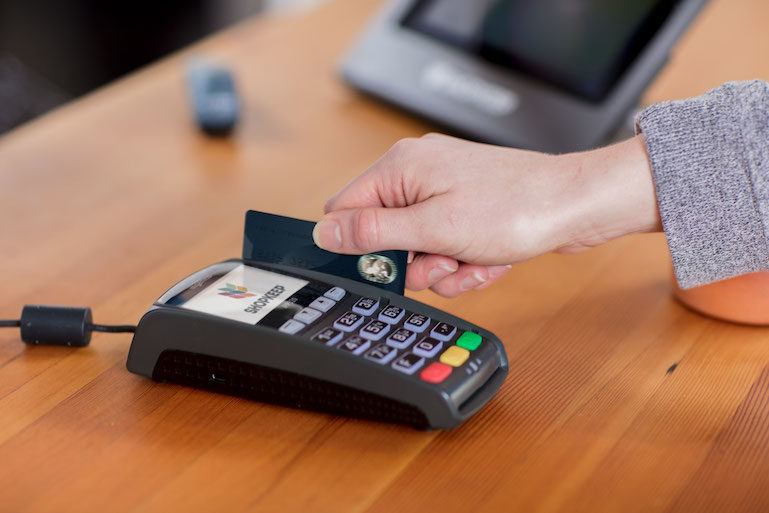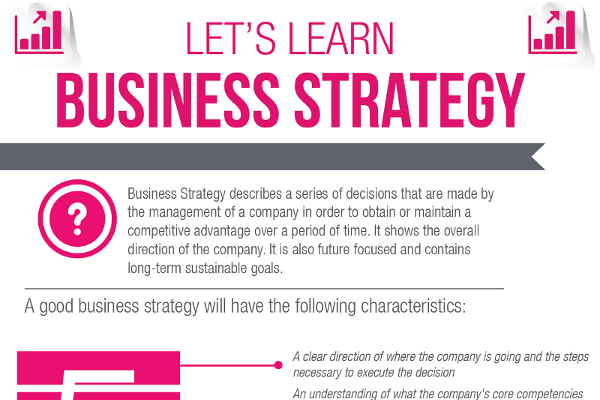Contents:


Thus, you need to recognize only those items as Intangible Assets on the asset side of your balance sheet meeting both the intangible assets definition and recognition criteria. This is done to know if the conditions exist for these types of intangible assets to have an indefinite useful life. However, these assets are at market risks since a drop in the financial market will harm the intangible properties. Tangible assets are physical; they include cash, inventory, vehicles, equipment, buildings and investments. Intangible assets do not exist in physical form and include things like accounts receivable, pre-paid expenses, and patents and goodwill. This means that even when the assumptions used to measure the lease liability indicate that the lease would be classified differently, the acquirer is required to retain the classification used by the acquiree.
For example, a pharmaceutical company can make a good estimate as to the market value of the patent for a new drug based on projected sales of the drug. In addition, because patents are time-limited, it’s relatively easy to amortize their value. A 10-year drug patent will be worth less if five of the 10 years have already passed. There are some tangible assets that are not considered depreciable by the IRS such as land.

Services are intangible because they can often not be seen, tasted, felt, heard, or smelled before they are purchased. Education, leadership, mentorship, dedication, self-confidence, loyalty, faith…and the list goes on and on. Import QuotasImport quotas are a type of government-imposed restriction on the trading of a certain commodity. Such restrictions are either fixed in terms of the value or quantity of the product to be imported during a given time period . The government imposes such restrictions in order to benefit local producers. If you’re contemplating a startup business, selling intangible goods as part of all of your product mix can be a good strategy.
How Tangible Personal Property Values Are Used
Contract based intangibles assets represent the value of rights arising out of contractual arrangements. Such arrangements are easily identifiable since they meet the contractual legal criterion. Any of the below contracts mentioned may be classified as intangible if they are assessed to result in cash flow for the contracting party in future or intangible liability. Both tangible and intangible assets have value, but tangible assets are generally physical items that can be easily turned into liquid assets while intangible assets are harder to value or sell. As a result, businesses make it a point to own both tangible and intangible assets. This is especially important if you’re thinking about taking out a loan or if you feel you might need access to cash.
It has an indefinite life and is not getting amortized over the period of time. There are, however, intangible assets that are more difficult to value such as goodwill or branding, which are essentially subjective. For example, it’s possible to value the Coca-Cola brand simply on the basis of its secret recipe or how much money has been spent over time to design and promote the brand. But that doesn’t take into account the longevity of the brand, the goodwill of consumers, or other critical issues. While the difference between tangible and intangible assets seems obvious, it may take an expert to distinguish between the two and account for each appropriately. Tangible assets are usually physical objects while intangible assets are valuable assets that can’t be touched .
- Common disputes over intangible personal property can arise when the owner of the property attempts to sell or license it to another party.
- Remember, this recognition criterion applies to both self-created or intangible assets acquired externally.
- Please fill out the contact form below and we will reply as soon as possible.
- The right-of-use asset is measured at the amount of the lease liability and adjusted by any favorable or unfavorable terms of the lease as compared to market terms.
- And, this object can be demolished, and the money can be used for any other purpose.
It is easier to establish the value of a tangible asset than an intangible asset. A tangible asset is an asset that has a finite, transactional monetary value and usually a physical form. Tangible personal property is a tax term describing personal property that can be physically relocated, such as furniture and office equipment. Intangible personal property has no physical shape but represents something else of value. Property, plant, and equipment (PP&E) are long-term assets vital to business operations and not easily converted into cash.
Evidence of separability of a noncontractual customer relationship includes exchange transactions for the same or similar type of asset. These transactions do not need to occur frequently for a noncontractual customer relationship to be recognized as an intangible asset apart from goodwill. Instead, recognition depends on whether the noncontractual customer relationship is capable of being separated and sold or transferred. Noncontractual relationships that are not separately recognized, such as customer bases, market share, and unidentifiable “walk-up” customers, should be included as part of goodwill.
You need to recognize various types of intangible assets if they meet the following criteria. This is irrespective of whether you purchase or self-create such assets. As per IAS 38, the following are the intangible assets examples or intangible assets list.
meanings of intangible and property
The value of tangible assets adds to the current market value, but the value gets added to the potential revenue and worth in the case of intangible assets. Accordingly, you recognize the computer software as an intangible asset if you purchase it and capitalize the same over its useful life. Further, you treat computer software as a part of the hardware costs if it is an operating system for hardware. However, say you incur an expense on this project post the Business Combination. Then, as per Intangible Assets Accounting, you need to charge such an expenditure as an expense. Provided, it does not meet the intangible assets definition and recognition criteria.
Provided such debit memo meet both the intangible assets definition and the recognition criteria. As per International Accounting Standard 38, you can recognize only the acquired intangible assets. In other words, intangible assets represented on your balance sheet are either acquired as a part of the Business Combination. Tangible personal property values are taken into account for both personal and business tax purposes. This includes property that can be touched, moved or consumed and excludes real or intangible property.
Intangible Assets: Definition, Types, Examples – Business Insider
Intangible Assets: Definition, Types, Examples.
Posted: Fri, 22 Jul 2022 07:00:00 GMT [source]
Since this property type is so broad, every taxpayer must take the help of a property appraiser to understand every detail about the effective tax rate, rights to property, and other information pieces related to the property taxes. Intangible personal property is distinct from Tangible Personal Property, which refers to Personal Property that can be seen and touched. One key difference between the two types of property is that Intangible Personal Property often has greater value than Tangible Personal Property.
What Are the Main Types of Intangible Assets?
A https://1investing.in/ is an identifying symbol, logo, or name that companies use to distinguish their product from competitors. Brand equityis considered to be an intangible assetbecause the value of a brand is not a physical asset and is ultimately determined by consumers’ perceptions of the brand. A brand’s equity contributes to the overall valuationof the company’s assets as a whole.
An acquired business is a manufacturer of commercial machinery and related aftermarket parts and components. The acquiree’s commercial machines, which comprise approximately 70% of its sales, are sold through contracts that are noncancellable. Its aftermarket parts and components, which comprise the remaining 30% of the acquiree’s sales, are also sold through contracts. Patented technology is protected legally and, therefore, meets the contractual-legal criterion for separate recognition as an intangible asset. When calculating the adjustment to the right-of-use asset for favorable or unfavorable terms of the lease, market participant assumptions should be used following the fair value principles of ASC 820. Company O purchases electricity through a purchase contract, which is in year three of a five-year arrangement.
The property appraiser will assess the property value, and a document for the property appraisal must be produced at the time of submitting the tax return. Once the value is decided, it’s multiplied by the state-decided tax percentage, and then the final valuation of the tax is known. In December 2013, the AICPA issued the AICPA Accounting and Valuation Guide Assets Acquired to Be Used in Research and Development Activities (the IPR&D Guide). While the IPR&D Guide is non-authoritative, it reflects the input of financial statement preparers, auditors, and regulators and serves as a resource for entities that acquire in-process research and development (IPR&D) assets.

Consider working with a financial advisor as you develop a tax strategy. Even though a single individual owns both the real and tangible assets, there are considerable differences between them. Being one of the many taxpayers, it’s your responsibility to understand in which fields both these properties are different from each other so that you can hire the appropriate property appraiser. This is a type of property that cannot be moved from one place to another. If the land has some construction like a house or a bridge, it also comes under a real property tagline.
What’s the Difference Between Tangible and Intangible Assets?
If applicable, the segment in which the impaired intangible asset is reported under Topic 280. An intangible good is a good that does not have a physical nature, as opposed to a physical good . Digital goods such as downloadable music, mobile apps or virtual goods used in virtual economies are all examples of intangible goods. A service is an act of labour or a performance that does not produce a tangible commodity and does not result in the customer’s ownership of anything.

Unpatented technology, however, is often sold in conjunction with other intangible assets, such as trade names or secret formulas. As it is often sold with a related asset, the unpatented technology generally would meet the separability criterion. However, the fair value of the servicing rights should be considered in measuring the fair value of the underlying mortgage loans, credit card receivables, or other financial assets. Marketing-related intangible assets are primarily used in the marketing or promotion of products or services. They are typically protected through legal means and, therefore, generally meet the contractual-legal criterion for recognition separately as an intangible asset. Intangible assets can be more challenging to value from an accounting standpoint.
You’re more likely to encounter tangible personal property taxes if you own a business, however. Most business owners will need to disclose the property they hold — such as machinery, inventory, office furniture and more — as well as the year it was purchased. Real estate is a subcategory of property that belongs to the real property classification. However, this particular subcategory doesn’t cover the rights and freedom of the owners.
At the end of the original term, Company O has the option at its sole discretion to extend the purchase contract for another five years. The annual cost of electricity per the original contract is $80 per year, and the annual cost for the five-year extension period is $110 per year. The current annual market price for electricity at the acquisition date is $50 per year and market rates are not expected to change during the original contract term or the extension period. The current annual market price for electricity at the acquisition date is $200; and market rates are not expected to change during the original contract term or the extension period.
Unlike real property, which is land or a physical object, intangible personal property cannot be seen or touched. While it may lack a physical form, intangible personal property can still have substantial value. For instance, a copyright on a popular song can be worth millions of dollars. As such, intangible personal property is an important part of the economy.
